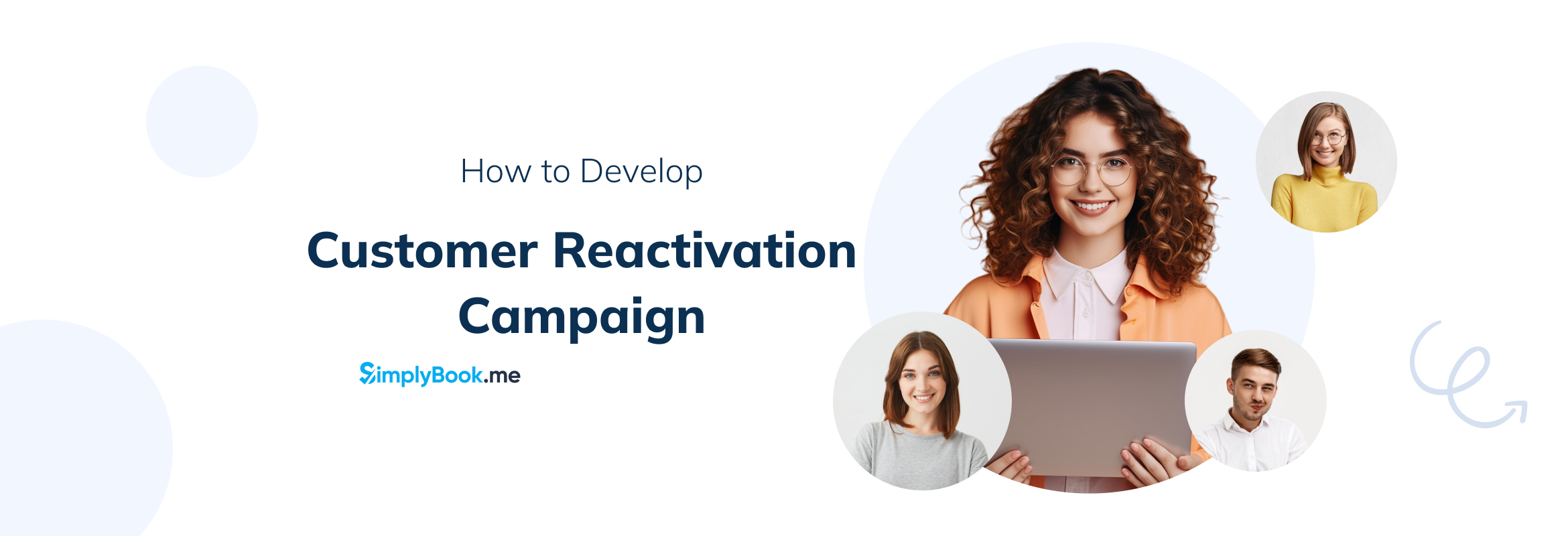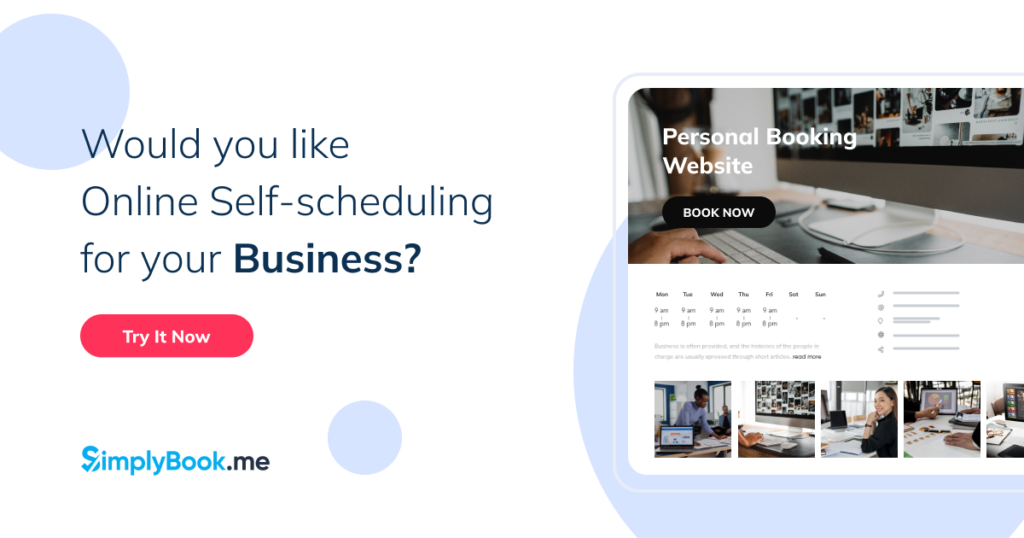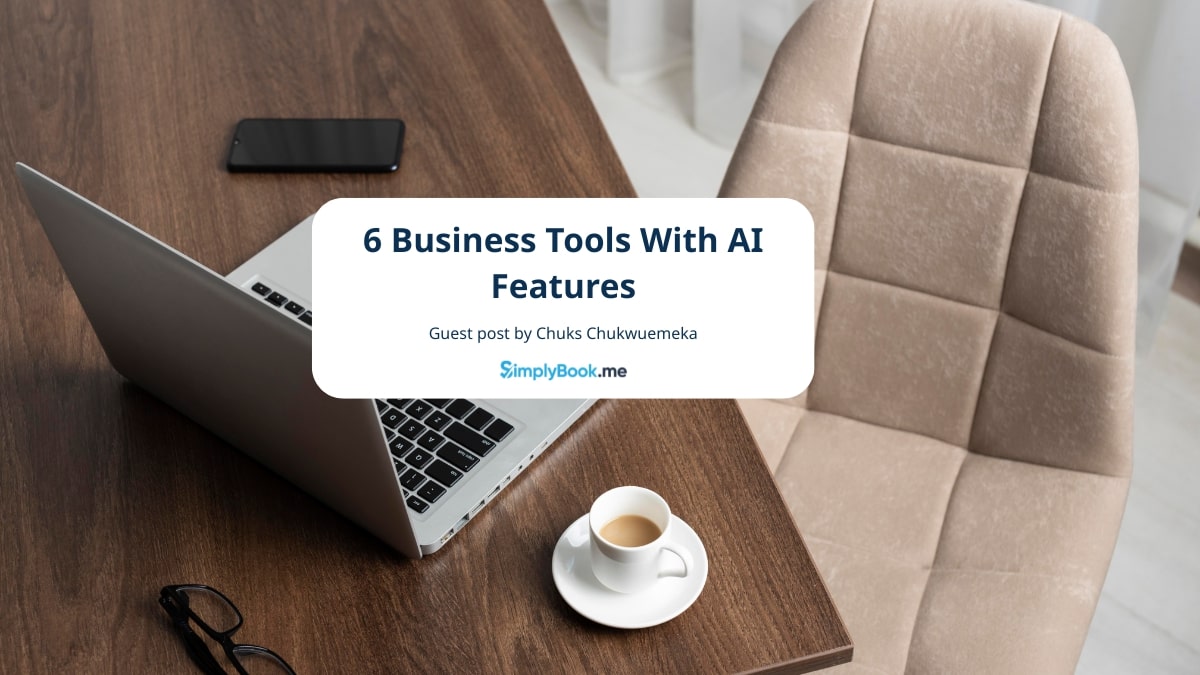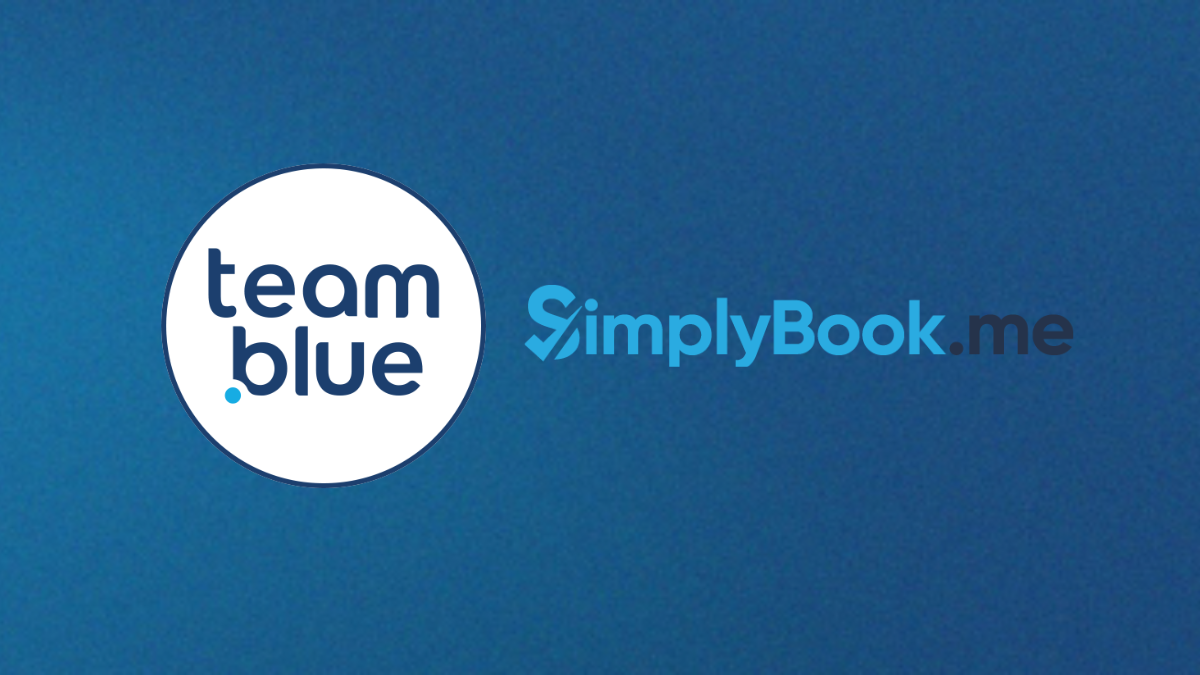How to Develop a Customer Reactivation Campaign

This post is also available in:
![]()
![]()
![]()
![]()
Sometimes, businesses can be so focused on attracting new customers that they forget (or partly forget) the revenue stream right in front of them: existing customers. Customer acquisition costs (CAC) can vary by industry but an average cost is around $606. Looked at over a year, those CACs can mount up to quite a substantial dent in your revenue.
You may already be operating good customer retention tactics that have succeeded in having regular buyers. But what about your customers who have fallen by the wayside? They may still be on your subscription list, but it has been a significant time since their last purchase. How do you implement customer reactivation tactics, and what benefits can it bring?
What is customer reactivation?
Customer reactivation is a tactic to encourage disengaged customers to start buying from you again. You may have a predefined period that triggers this tactic, which can vary depending on the nature of your business. High-value businesses that see perhaps two or three purchases on average per year might have a one-year period as the trigger, while a low-value, high-volume business might have significantly shorter.
Once the trigger point is reached, your marketing team will look to target these dormant customers to try and bring them back into being an active customer. You may also attempt to identify why they became dormant.
Why is customer reactivation important?
The main reasons why reactivation campaigns are important are financial ones. On average, some 40% of a business’s annual revenue comes from repeat custom. Repeat customers also spend an average of 67% more than new customers and will have a consistently higher customer lifetime value (CLV).
Financial reasons aside, existing/previous customers already know your brand and have an established relationship with you. Just because they have not been active recently doesn’t mean they are dissatisfied with you though if possible, it is worth investigating why they became dormant. You also know the customer and can use analytics on your wealth of usable data, such as purchase history in your customer relationship management (CRM) system.
How to build a customer reactivation campaign
The importance and benefits of customer reactivation are fairly obvious, but how do you go about implementing a customer reactivation strategy? The first step is to set a trigger point when you regard a customer as dormant. As mentioned, that will vary by industry. A business that sells clothes will have a shorter trigger period than one that sells cloud PBX systems.
However, it is worth considering that you are dealing with averages here. One customer might perfectly fit your average yearly purchases, while another may buy far more. It’s worth looking at individual cases of customers with high CLVs and average order values (AOV), especially in high-value businesses.
1. Email
A reactivation email campaign should be your first port of call. Given that your dormant customers are likely still on your email subscriber list, your first step is to apply segmentation to that list so you have a separate list made up of the customers you have identified as being inactive. You can then decide on what manner of email you will send them but be sure to use attention-grabbing subject lines.
You could send out an email survey that gathers feedback to identify why they are inactive. Have they moved to a competitor that offers better pricing and customer service? As well as looking to reactivate them, such a survey can give you insights into areas of your business that may be proving pain points.
You can also segment that inactive list further, allowing a degree of personalization to your campaign. The email could include special offers that can only be obtained with a code contained in the email. The content of your email can vary greatly and can be dictated by your business type.
2. Special promotions
All your customers, whether active or inactive, love to be recognized and appreciated. Offering some sort of promotion may be the catalyst for reactivation. The promotion may depend on your business and the value of the customer. It could be a discount on their shopping cart, an offer of free shipping, or a free trial on a CCaaS service.
The point of any promotion is to demonstrate to the customer that you value them. Given that there could be many reasons for their dormancy, a promotion may just be enough to rekindle their interest and push them to another purchase.
3. Targeting
As any promotion may be targeted towards your inactive customers, you want to ensure that it is only them who see it. While email segmentation is an effective way of achieving this, what do you do with inactive customers who are not on your email list? You may have their contact details but they have not given permission for you to send them marketing materials.
If you have a presence on Facebook, you can still use those email addresses to target inactive customers by importing an email list. You can also target customers who have not been to your website recently. The social media ad can direct the customer to your website so they can see – and take advantage of – the promotion you are running.
4. Direct contact
This is more of a specific tactic for businesses that sell high-value items such as SaaS subscriptions. The very nature of the business means that a good relationship will have been formed as the customer moved through your sales and marketing funnels. That relationship probably also meant that they had a single main point of contact within your organization.
Because the relationship may have been more personal than that in a high-volume business, you can use that relationship to try and reactivate them. Have their contact in your company reach out to them by email or phone to try and establish why they’ve been dormant and see what they can do to reactivate them.
5. Content
Reactivation campaigns are not just about pushing dormant customers to make another purchase (though that is an ideal scenario). You also want to boost your visibility and remind the customer that you exist. An actual purchase may be days or even months away, but having them re-engage with you can be a major step towards that.
One tactic to boost visibility and encourage reengagement is to refresh your content policy. Look at your inactive segment and identify what content they regularly engaged with. This could be anything from blog pieces to podcasts, social media posts to white papers. Use personalization to create a content policy that targets your inactive customer list.
6. Loyalty and referral programs
The best way to avoid a large reactivation campaign is to keep your current customers as active as possible. Whatever your type of business, showing your customers how much you value their business can keep them engaged and buying from you.
One way of doing this is having a customer loyalty program that offers real benefits, which can range from free products, to trials, to discounted items and services. By offering tangible benefits for continued custom, those customers are less likely to become inactive. Offering benefits only for this group, such as exclusive discounts, makes them feel as though they stand out.
A referral program could also be implemented in tandem with your loyalty program. When you offer high-value products such as PaaS services, you could reward brand ambassadors who make any successful referrals by giving similar benefits to your loyalty program. You could even consider a cash reward based on the value of the referred service.
7. Omnichannel
You should also be thinking about how to connect with inactive customers. Your CRM will show what their preferred method of contact has been in the past. If they have been using a communication application such as WhatsApp or Line, then use that same channel to reach out to them now. The only channel to be hesitant about is phoning, which should be reserved for high-value clients who have a personal relationship with one of your sales team.
8. SMS
When you are looking at types of contact and which delivers the highest open rates, you can’t go wrong with SMS marketing. With an open rate of 98%, SMS contact can give you a high return on investment (ROI). You could include a link to your website and any special promotion for returning customers, but ensure that your website is fully optimized for mobile access.
9. Reconnecting Through Social Media
Social media is an excellent way to re-engage inactive customers, even if they’re not on your email list. By uploading customer email lists or using retargeting, platforms like Facebook and Instagram allow you to target users who haven’t visited your site recently. A well-designed ad can entice them back with a special offer.
To use LinkedIn effectively, consider automating personalized messages to re-connect with your audience. You can send tailored outreach messages that speak to their specific challenges and needs. This personalized approach can help spark interest and encourage them to engage with your brand once again.
The takeaway
Having good customer retention rates is something every business should be aiming for. However, part of your marketing strategy should always be looking at re-engaging customers to avoid customer churn. The period of inactivity that triggers any campaign can depend on your business type, but after a set period of time, you should be looking to reactivate them.
Whether through exclusive offers, relevant content such as blog pieces, or email content that resonates with them, your business wants those customers to engage again and to eventually make a purchase. Any marketing messages should be part of a customer reactivation campaign that brings them back to your active customer list.



Comments
0 commentsNo comments yet